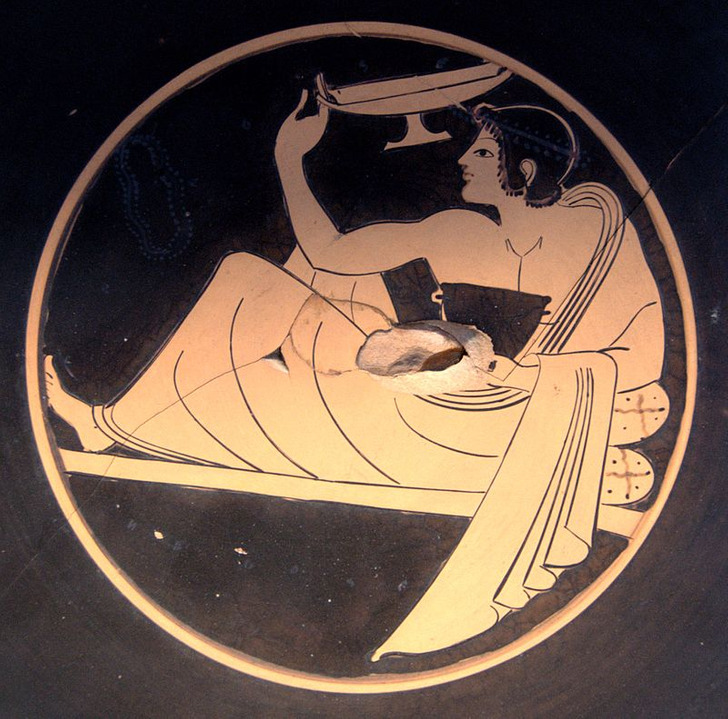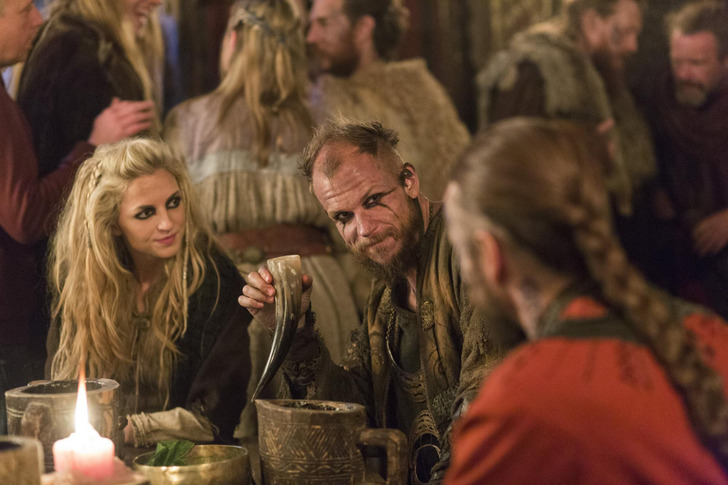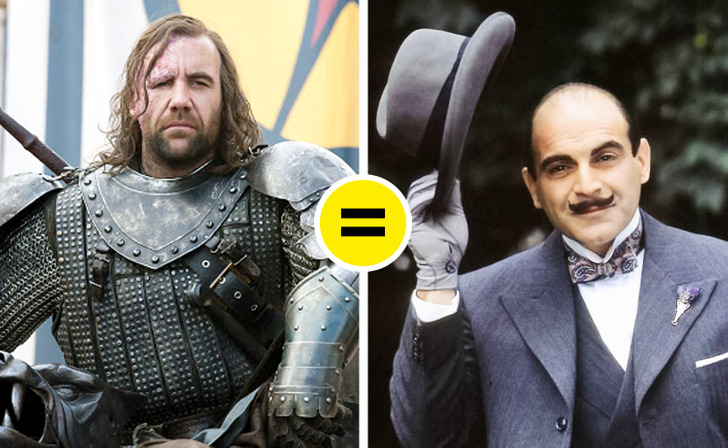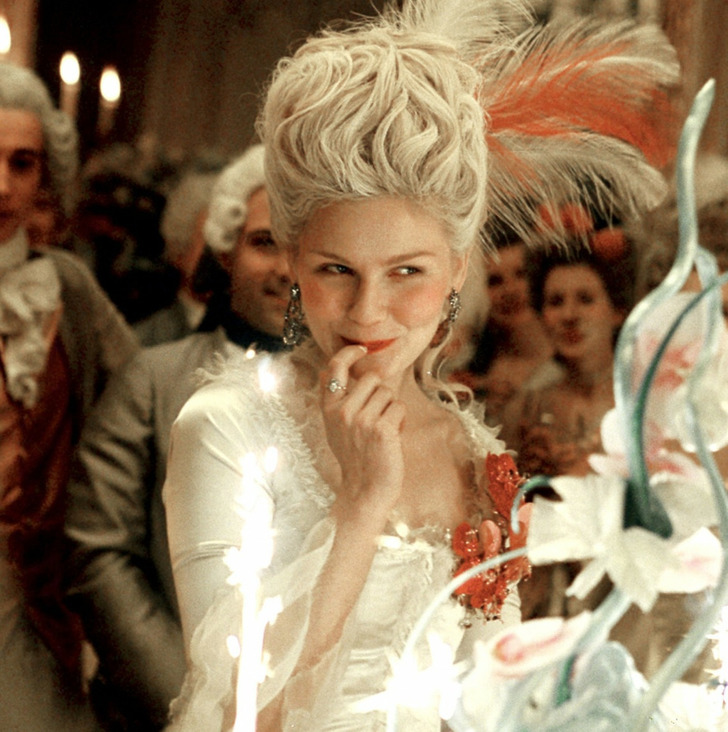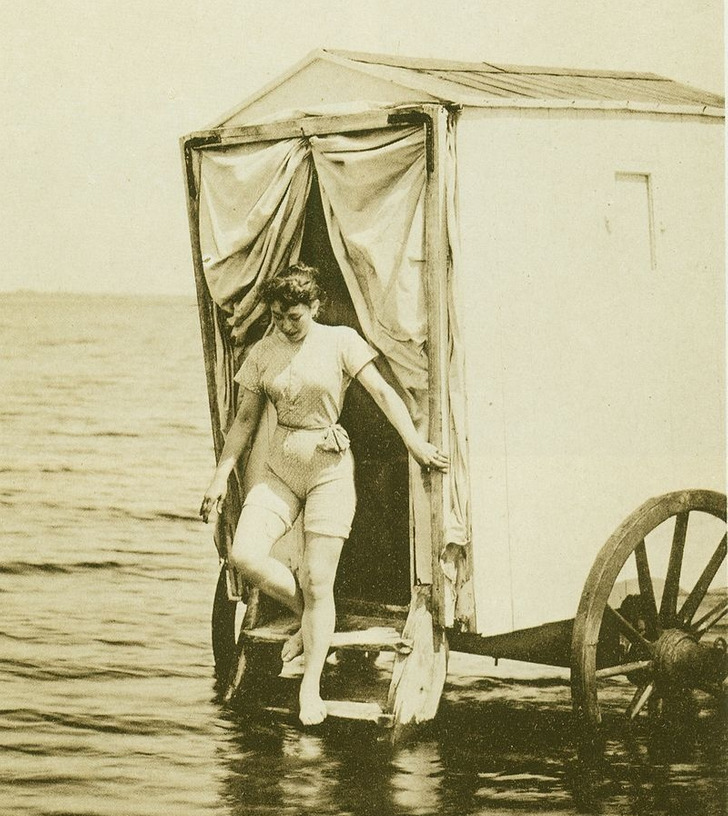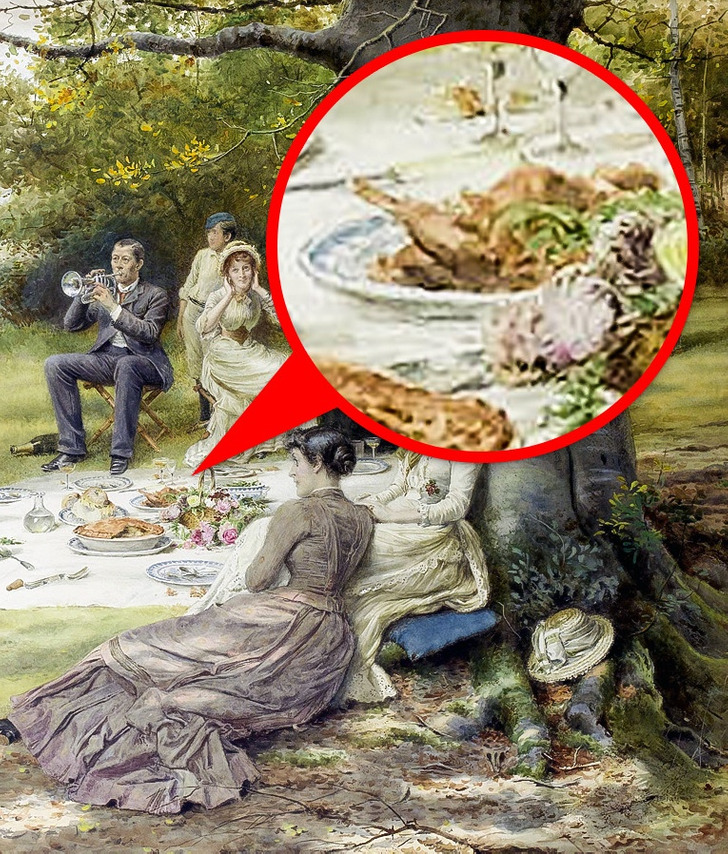20+ Weird Hygiene and Etiquette Rules That People Used to Follow Centuries Ago
Science
3 years ago
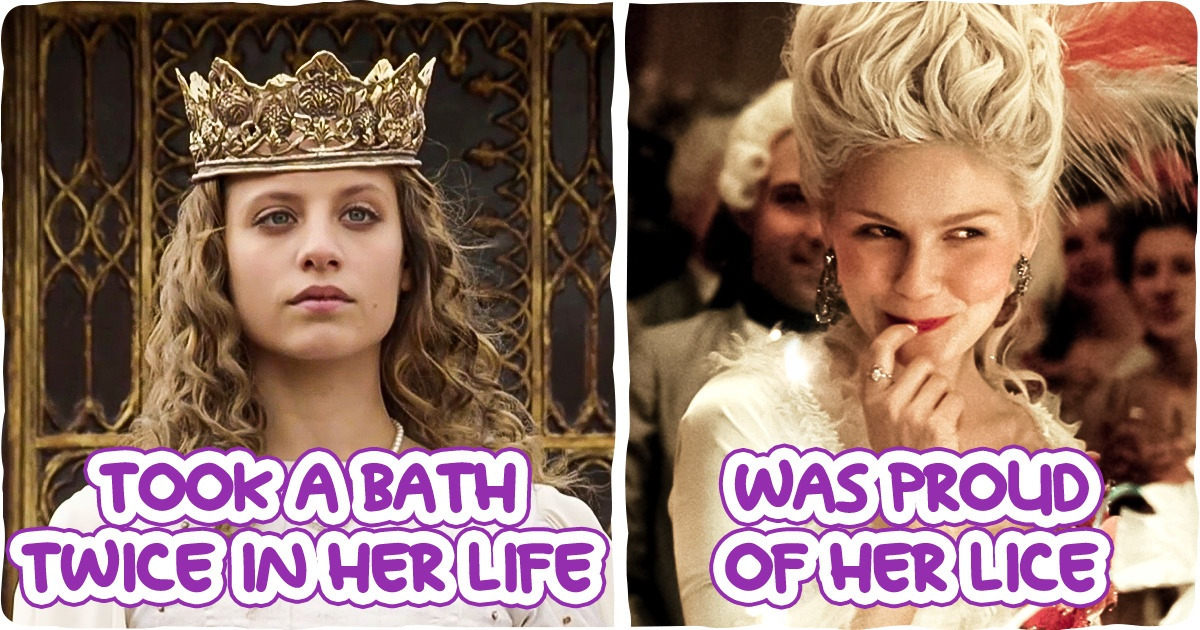
In the present day, when a person can take a shower a few times a day, it’s hard to imagine that just a couple of centuries ago, even royalty couldn’t afford this luxury. Our ancestors had many restrictions in their life which were linked not only to hygiene but also to the rules of conduct at the table, in public, etc.
Antiquity
- The Ancient Greeks used stones, pebbles, or ceramic pieces as toilet paper.
- A beard in Ancient Greece was a symbol of manhood and wisdom and was a matter of prestige for a man. This is why good hairdressers were in high demand.
- In Ancient Greece, and later in Rome, it was customary to feast lying on your side and throw the leftovers of your food onto the floor. These gatherings were called symposia, and a respectable citizen was obliged to participate in them.
- It was customary for the Ancient Greeks to control their gaze: it had to be firm and directed forward. According to the ideas of the Hellenes, only crazy or desperate people rolled their eyes, and traitors squinted.
Middle Ages
- According to one theory, the custom of clinking glasses came from the Middle Ages. One of the legends claimed that the sound of clinking drove off evil spirits that could get into a person through the mouth. For the same reasons, they were required to cover their mouth when yawning.
- The tradition of raising a hat as a sign of greeting also came from the Middle Ages. But at that time, knights had to take off their helmets to show that they had no ill intentions.
- While in Persia, men belonging to the same class greeted each other with a kiss on the lips. And those who were one class lower were kissed on the cheek.
- Utensils started to be used in the 12th century. Spoons were used to eat desserts and other sweet dishes, while forks were considered Satan’s tool.
- In medieval France, they wiped their hands on the tablecloth and drank soup straight from the bowl.
- In the Middle Ages, the tradition of washing hands before eating was popularized. But they washed their hands before eating in the literal sense, meaning they rinsed their hands right at the table with water brought by servants. At the same time, people tended to wipe their fingers that were soiled after blowing their nose right on their clothes.
Medieval royalty’s habits
- The members of the royal family who ruled in the Middle Ages considered themselves spiritually pure from birth. Many of them were sure that they could lose their divine aura if they took a bath or washed their clothes.
- So, Isabella I, Queen of Castile, took a bath only twice in her life: the first time at birth, the other one before her wedding.
- Another rule nearly cost Maria Louise, the wife of Charles II of Spain, her life. According to this rule, it was forbidden to touch the Spanish queen. When she rode a horse, the animal reared up. The queen fell, and her foot got tangled in the stirrup, so the horse dragged her. The queen was saved by 2 nobles. After that, they immediately ran away. Their friend interceded for them before the monarchs. The rescuers of Marie Louise were graciously forgiven.
- Henry VIII forced his subjects to kiss his bedding every morning in order to make sure that it was not covered with poison.
- The fashion of the 18th century required ladies to wear high hairstyles which took hours to make, and were usually decorated with fruits, flowers, and even stuffed animals. The hairstyles were also fixed with lard and powdered rice flour.
- The ladies’ hair swarmed with lice. To relieve itching, ladies carried elegant ivory sticks. With their help, women could publicly scratch their scalps without harming their hairstyles.
- Marie Antoinette, for example, was proud of her lice. They were even taken as a sign of holiness because, allegedly, they indicated that a person paid more attention to the purity of their soul than to their physical cleanness. No wonder lice, in those days, were called pearls of God.
Victorian England
- In the Victorian era, it was forbidden to show your body, so people sea-bathed with the help of special bathing machines invented back in the 17th century. A fully dressed person entered this cart on the shore, changed their clothes, and then the machine was lowered into the water and turned around so that the bather wasn’t visible to others.
- A young, unmarried woman was not allowed to go outside alone. She was also forbidden to stop to chat with a friend she may have randomly seen in a public place.
- If a lady saw a gentleman she knew on the street and wanted to talk to him, she had to extend her hand to him. After that, the man had to leave all his important matters behind and accompany the lady for a little while.
- Before marriage, a woman would know nothing about childbearing. As a result, there were cases when new wives would run away from their husbands after the wedding night.
- During pregnancy, a woman was not supposed to be seen in public. It was in the Victorian era when the expression “in an interesting condition” began to be used.
- Legs had to always be covered, even if these were the legs of a piano, which would be wrapped in cloth. And it was considered terribly impolite to offer a woman a bird’s leg at dinner.
Modern etiquette is directly linked to technological progress. For example, it’s considered impolite to put a phone on the table in public places. Do you think this requirement is as illogical as those medieval restrictions? Share your opinion in the comments below.
Comments
Get notifications
Lucky you! This thread is empty,
which means you've got dibs on the first comment.
Go for it!
Related Reads
13 Unexpected Things That Germans Usually Save On
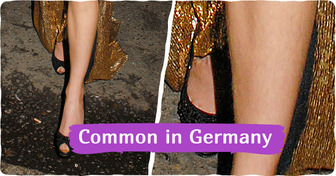
Planet
2 years ago
15 Times Optical Illusions Totally Fooled Our Eyes
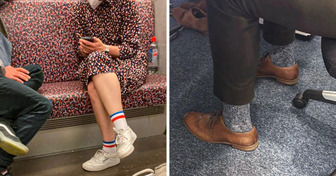
Fun
3 years ago
20+ Pairs of Stars We Wouldn’t Believe Are the Same Age

People
2 years ago
15 Weird Purchases That Seemed to Be Useless at First but Eventually Brought So Much Joy

Fun
3 years ago
“Why Is She Naked?” Halle Berry, 58, Sparks Heated Controversy with Daring See-Through Dress

People
year ago
18 People Who Know What Being a Good Person Means

People
3 years ago
10 Genius Tricks Celebrities Do to Look Immaculate When Out in Public

People
2 years ago
I Refused to Give Up My Dream Cruise for My Stepson’s Funeral — Because I Put Myself First

Relationships
4 months ago
We Imagined 13 Late Celebrities in the Present Day — and Some Results Are Truly Curious

People
month ago
17 Heartwarming Stories That Melt Even the Coldest Hearts

People
month ago
12 Ordinary Days That Suddenly Became Terrifying

Stories
6 months ago
10 True Stories With Twists So Wild, They Could Be Hollywood Scripts

Stories
2 months ago
